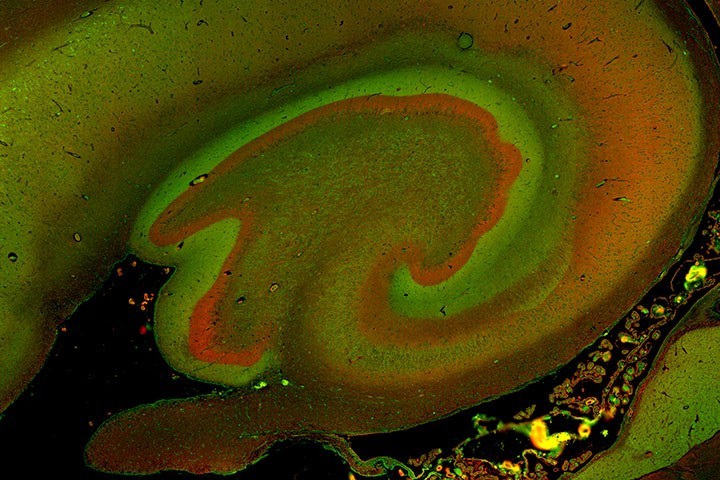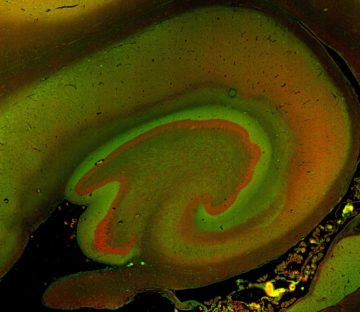
G. Barthet and C. Mulle in Progress in Neurobiology
Lire le commentaire en français

Synaptic loss is the best correlate of cognitive deficits in Alzheimer’s disease (AD). Extensive experimental evidence also indicates alterations of synaptic properties at the early stages of disease progression, before synapse loss and neuronal degeneration. A majority of studies in mouse models of AD have focused on post-synaptic mechanisms, including impairment of long-term plasticity, spine structure and glutamate receptor-mediated transmission. Here we review the literature indicating that the synaptic pathology in AD includes a strong presynaptic component. We describe the evidence indicating presynaptic physiological functions of the major molecular players in AD. These include the amyloid precursor protein (APP) and the two presenilin (PS) paralogs PS1 or PS2, genetically linked to the early-onset form of AD, in addition to tau which accumulates in a pathological form in the AD brain. Three main mechanisms participating in presynaptic functions are highlighted. APP fragments bind to presynaptic receptors (e.g. nAChRs and GABAB receptors), presenilins control Ca2+ homeostasis and Ca2+-sensors, and tau regulates the localization of presynaptic molecules and synaptic vesicles. We then discuss how impairment of these presynaptic physiological functions can explain or forecast the hallmarks of synaptic impairment and associated dysfunction of neuronal circuits in AD. Beyond the physiological roles of the AD-related proteins, studies in AD brains also support preferential presynaptic alteration. This review features presynaptic failure as a strong component of pathological mechanisms in AD.
Reference
Presynaptic failure in Alzheimer’s disease
Progress in Neurobiology,
Barthet, G., Mulle, C., 2020.
doi:10.1016/j.pneurobio.2020.101801
Authors
Last update 16/07/20
